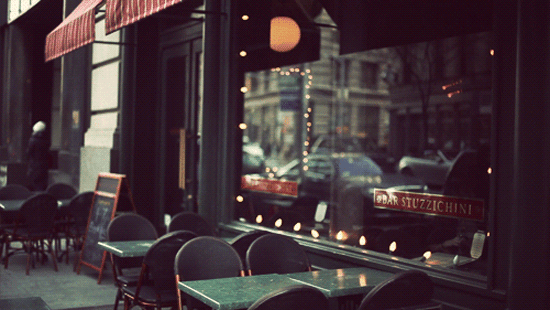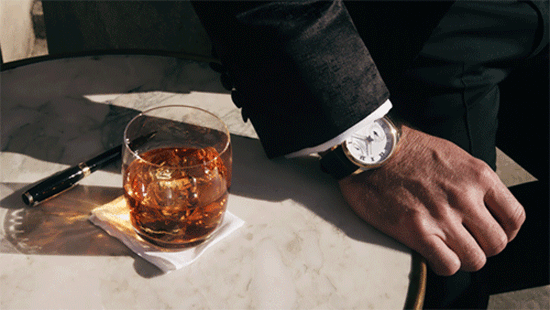
It is not often these days that I am impressed by the power hidden in some particular innovation designed (as always they are) to "profoundly change the industry". Without claiming to be any sort of expert, I guess that simply dealing on a daily basis with everything online - from content to design to web development to tech in general - inures one to their restless attempts of seduction. Cinemagraphs... now that is something else. I came across the word cinemagraphs browsing the news. Fact-checking is one of my time-devouring obsessions, but in this case I am glad I checked the story behind cinemagraphs - and the rebirth of GIF usage.

Adweek published about a week ago an interesting piece of news: Facebook seems to be gearing toward adopting cinemagraphs as their choice vehicle of conveying ads. A bit of background is in order, first. When Facebook introduced autoplay for mobile and then later in 2013 generalized video autoplay many saw this as the next logical step towards making it more dynamic and adapted for an audience with an increasingly short attention span. Facebook met with some controversy later, especially from mobile users complaining about higher bills and battery draining due to larger volumes of data. Correspondingly, users started asking for and providing tutorials on how to disable this ‘annoying’ feature. One can speculated that this could at least part of the reason Facebook released a guide for marketers called “Hacking Facebook Autoplay”, especially since (according to Adweek) an unnamed ad executive pointed out the planned future for cinemagraphs: “You’re going to start seeing a ton of these on Facebook. Because of auto-play, brands need to be doing more with this stuff. This is something that plays out with motion in the feed that’s cool.”


So what are cinemagraphs and how they came out to be? From what I could gather the consensus seems to be that a photographer Jamie Beck and a web designer Kevin Burg managed to popularize the idea of creating animated gifs that have as their principal characteristic reduced motion or motion ascribed only to one or a few elements in it (perhaps the best example is the one you can see at the top of this post). You can find more cinemagraphs at Ann Street Studio.


Later they came up with the name “cinemagraphs” in 2011. Beck explains the moment of insight: “I was shooting a building to make a cinemagraph one day, and nothing moved. I thought, well this is dumb. But then the light changed, a bird flew by, and I realized that everything is alive. I just had to start training my eye. I had to start visualizing cinemagraphs.”
As you can see from the examples we’ve embedded in this post the possibilities are indeed exciting for online marketing and web design. The cinemagraphs are relatively light in terms of bandwidth they require, their quality can very high, they are subtle and thus are not annoying if when watched for quite some time - in fact, I would love to have desktops like this on my laptop! Mostly, though, I would say their best characteristic is that it emphasized via motion in an otherwise still photograph exactly what you want to market. Movement draws the eye toward beautiful jewelry, light sparkles from designer shoes, light dances within a glass of swirling whiskey, etc.


At ke Solutions we are always looking for new ways to innovate and bring the best in web design for our clients at prices that need not put a significant dent into a small business’ budget. We are looking forward to first cinemagraph to incorporate within your site.






Posting comment as guest.
If you already have an account, please LOGIN.
If not, you may consider creating on. It’s FREE!